Rani ki Vav in Patan, Gujarat is a UNESCO World Heritage Site that kept us drooling. Rani ki Vav’s mind-boggling architecture is a story of goosebumps. During our recent trip with Gujarat Tourism, we had a firsthand experience of Rani ki wow! 🙂
Contents
What is Rani ki Vav?
Rani ki wow..that is what we call Rani ki Vav (The Queen’s Stepwell), the 11th-century stepwell cum water reservoir that has rich carvings all over. The stepwell is seven-storeys deep and resembles an inverted temple. The stepwell was hidden under layers of silt till 1940 when it was discovered. The Archaeological Survey of India or ASI took over in later years and restored this site in the 1980s.
Where is Rani ki Vav located?
Rani ki Vav is located in the town of Patan in Gujarat. Patan or erstwhile Shripattana is a historical city established in the 9th century. It is said that the now-extinct River Saraswati flowed by Patan.
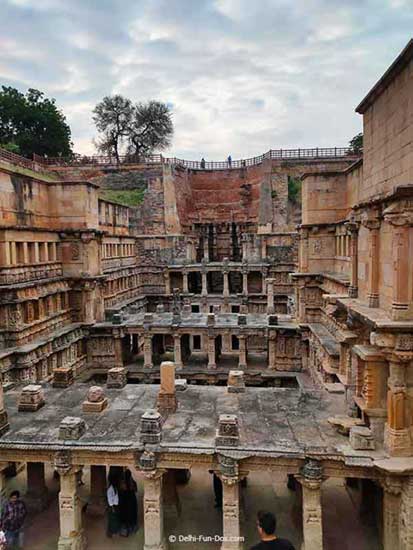
Patan has witnessed the rules of many dynasties. It was the capital of the Chalukya dynasty between the 10th and the 13th century. Rani ki Vav was built in this period of the history of Patan and was originally located beside the Saraswati River.
How to reach Rani ki Vav from Delhi?
The easiest route for Rani ki Vav is from Ahmedabad. We took an hour-long early morning flight from Delhi to Ahmedabad. Rani ki Vav is approximately 127 km from Ahmedabad and we covered this via private road transport. It took us about 3 hours.
In fact, we are told Rani ki Vav is a popular day trip from Ahmedabad. There are many local buses and trains from Ahmedabad that take you to Rani ki Vav.
If you are taking the train, you drop at Mehsana, the nearest railway station to Rani ki Vav, Patan.
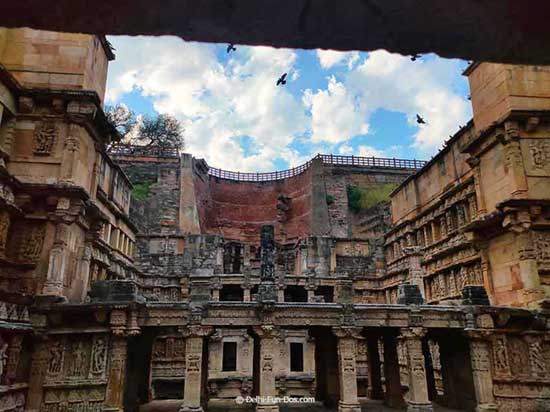
Who built Rani ki Vav?
Queen Udaymati was the consort of King Bhima I. After his demise, she built the step-well in memory of her late husband.
Providing water to the thirsty is considered an act of piety. Queen Udaymati wanted the good karma gathered from the act of providing water to accrue to her deceased husband. Patan or Sripatana was the capital of the Chalukya dynasty in Gujarat and was a thriving business town. Hence Rani ki Vav quenched the thirst of travellers and business people passing Patan.
The architecture
Vav in Gujarati means reservoir. Rani ki Vav is perhaps the most decorated water reservoir in India, if not the world. The structure is like an inverted temple. This is to sanctify the presence of water in our lives.
The well is seven levels deep with crisscross steps leading from one level to another. Each level has a corridor that is held up with decorated pillars. The heavily decorated mausoleum has carvings of Hindu Gods, celestial creatures like Gandharvas and Apsaras, the daily life of people, animals, flowers, floral and geometric margins, and so on. A host of women in daily life are also carved on the walls. The little niches have Jafri or latticework in stone. Rounded designs like what we now call the Tree of life are carved here.
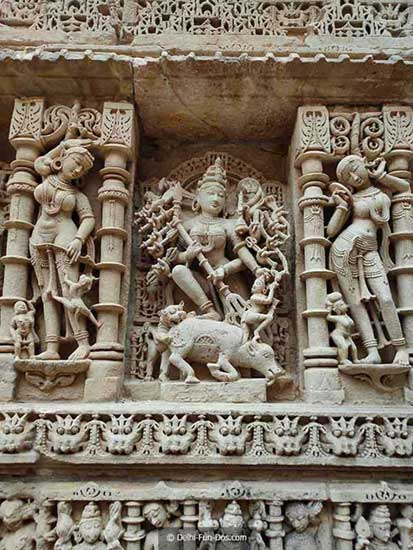
Among the deities carved on the wall, we found an abundance of Lord Vishnu statues. Do look out for the Dashavatara statue on one of the walls. Another statue that is etched in our mind is the Mahishashurmardini Durga. This one is among the valiant yet kindest Durga representations we have seen.
Difference between the carvings between Khajuraho Temples and Rani ki Vav
The last of the Khajuraho Temples are dated in the 11th century and is contemporary to Rani ki Vav. Now that we have seen both these architectural marvels, we stand humbled. If we compare these beauties, we see many similarities. Like Rani ki Vav, Khajuraho temple carvings have a predominance of Hindu deities, depict the local lifestyle, and have carvings of plants and animals. However, eroticism is a beauty of Khajuraho Temples. We could not locate any erotic sculpture in Rani ki Vav.
Later in the trip, we were to visit the extravagant Modhera Sun Temple which displays erotic sculptures.
PIN IT TO READ LATER
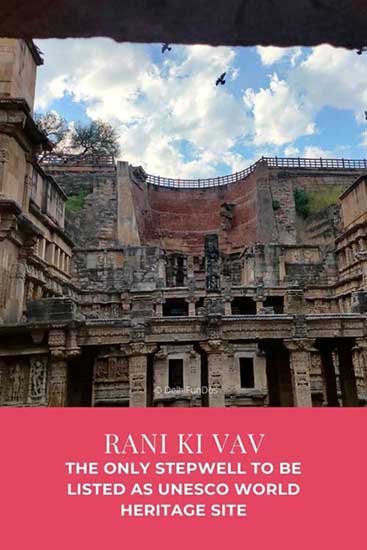
Patan in Gujarat and Khajuraho in Madhya Pradesh are not very distant. Yet, another distinction is that the carvings at Rani ki Vav display a typical local flavour. This comes across in the clothes and ornaments of the figures and the tree of life carvings in niches. Rani ki Vav has been built in the Maru-Gurjara architectural styles of Gujarat and Rajasthan that flourished under the Chalukya rule. Maru-Gurjara architecture is also the philosophy behind the Modhera Sun Temple that we were to visit later.
Most importantly, the local Gujarati style is evident in the geometric Patan Patola designs carved on the walls of Rani ki Vav. Patan is well known for its ancient art of double-ikat weaving Patan Patola. The weavers of the land have cleared inspired the temple architects. They used Patan weave patterns on temple walls to give it a distinct Gujarati Patan stamp.
Is it worth visiting?
If you are in Ahmedabad with an extra day, should you be spending it visiting Rani ki Vav?
Also read: How To Spend A Day In Ahmedabad
Well, we are big fans of ancient Indian architecture, the carving styles, the motifs, the iconography, and their significance. Hence, any structure from days of yore attracts us. The fact that people tread the very same roads and steps centuries back gives us goosebumps. In view, thereof Rani ki Vav held a lot of awe for us.
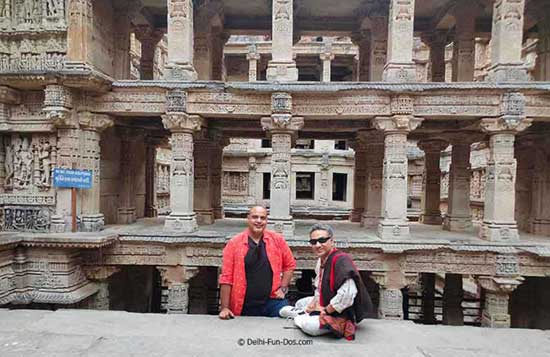
Additionally, what impressed us is the philosophy behind this stepwell cum reservoir. Water is a commodity that we often take lightly. Many often forget to close the washbasin tap and need reminders. Rani ki Vav was built like a temple in an ode to the importance of water in human lives. This shows that way before “eco-friendly” became a buzzword, Indian societies were aware of the importance of water and worshipped that like God.
Moreover, the many levels and the inverted temple style planning of Rani ki Vav is an architectural wonder. This was done without modern compasses and engineering devices, perhaps with basic pen and paper. The whole construction process apparently took more than twenty years. Therefore, Rani ki Vav may have various elements of general interest to a person not a fan of history as well.
In ode to the splendor of this gorgeous structure, Rani ki Vav, Patan is a UNESCO World Heritage site since the year 2014. This is perhaps the only stepwell in the UNESCO list.
Rani ki Vav on Indian currency
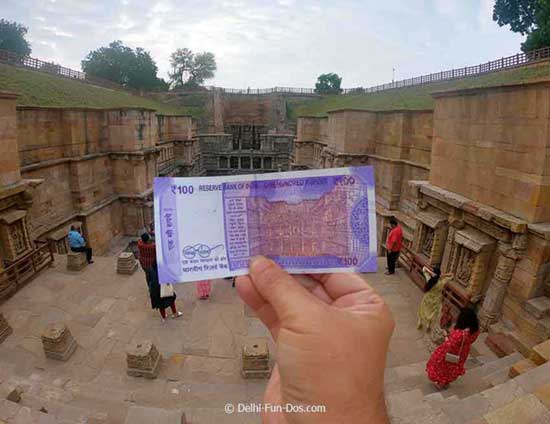
The uniqueness of this water reservoir was acknowledged by the Government of India. In the year 2018, a series of Rs 100 notes feature Rani ki Vav. No wonder we believe, Rani ki Vav is just Rani ki Wow!
P.S. This post is in collaboration with Gujarat Tourism, Ministry of Tourism, and Incredible India. Our wholehearted thanks for the riveting experiences.

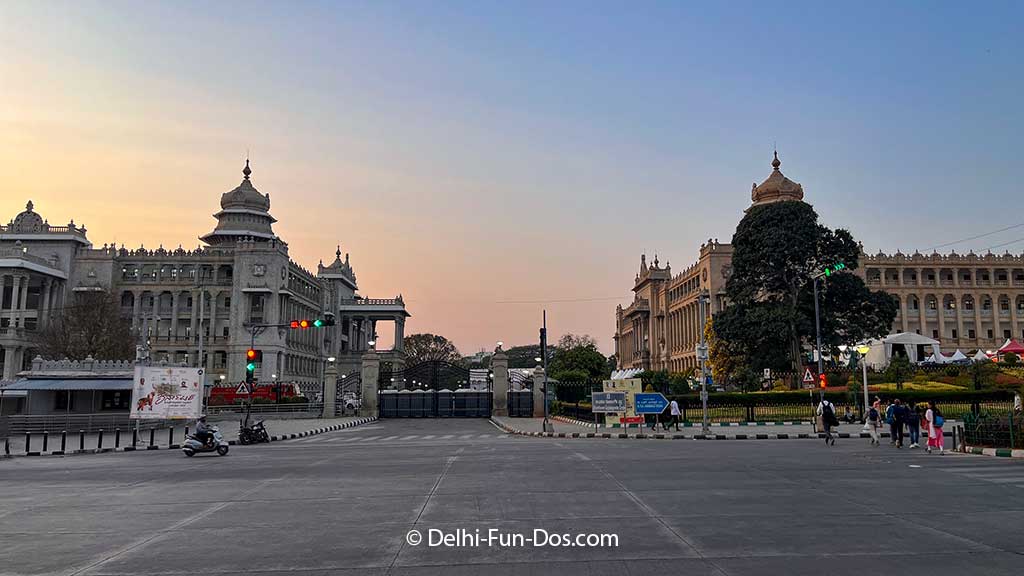
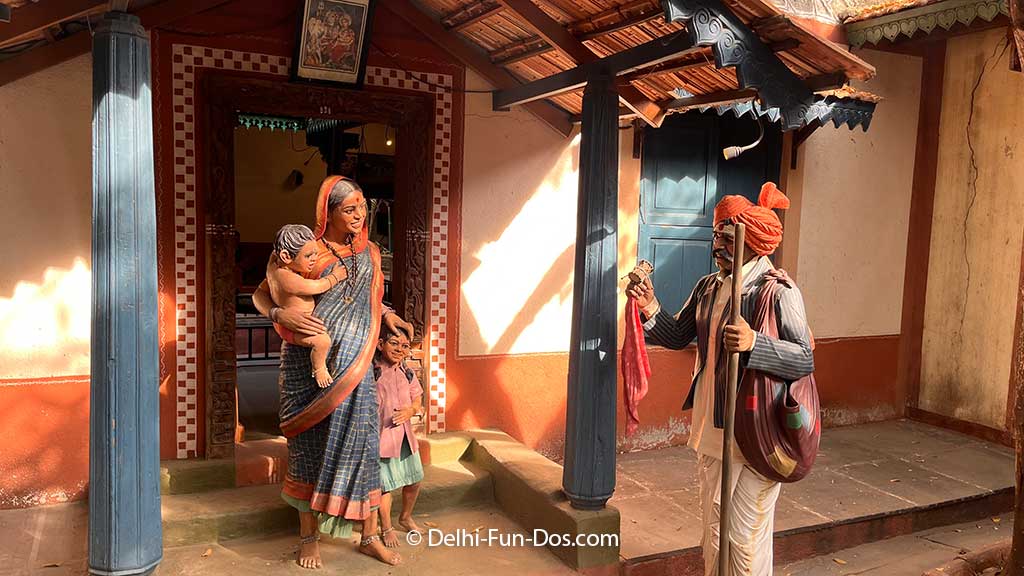
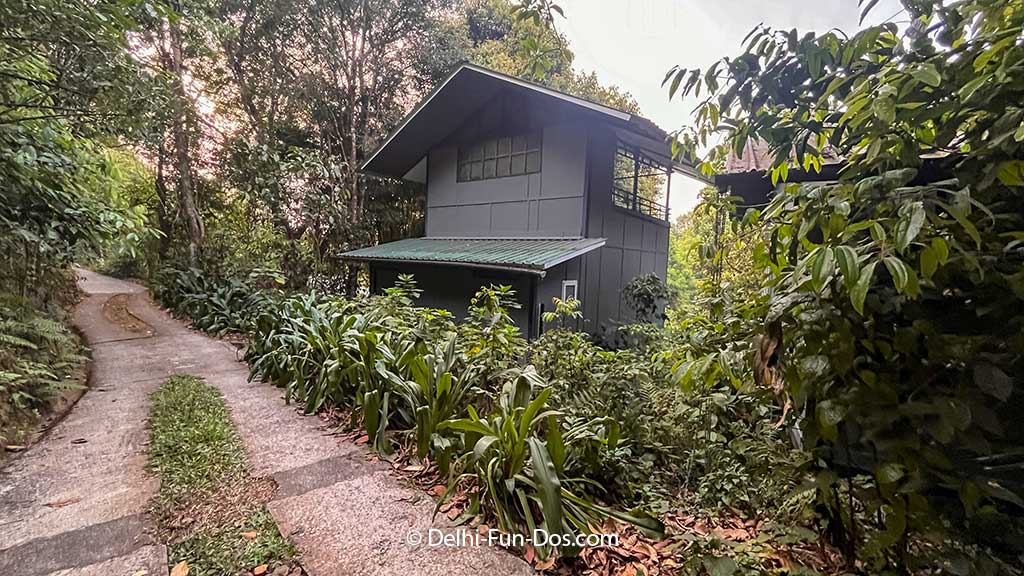
Nice blog 👌
Glad you like it 🙂 Do keep visiting
Rani ki vav is regarded as Gujarat’s finest and largest example of stepwell architecture. I’ve been here before, but not with children. My elder kid enjoys reading and visiting such places. I’d like to take him there. It’s worth reading this post with our children.
– Anjali
Oh your kind comment made our day 🙂 Thank you!
These is such a beautiful place and it’s so amazing that such places have a wonderful history attached to them. Loved reading this blog.
Thank you for your kind words.
I have heard a lot about this stepwell. Architecturally it’s a marvel of course. But I believe it’s got a sad ending for the queen. But definitely a gem in India.
It is an enormous piece of art.
I really love stepwells. I find them really so intriguing! I am visiting this place next time I hit Gujarat!
You must, and let us know what you felt.
I have heard about Rani ki vav so many times but unfortunately haven’t got a chance to visit. The architecture there looks so exquisite. Hopefully someday soon I will visit this step well.
Let us know how you felt
Reading about the place and looking at the pictures, I agree with you that Rani ki Vav is just Rani ki Wow. Hope to visit it sometime and see this amazing place.
You must visit and let us know.
It literally gives goosebumps reading our history n culture.. thanks for sharing and making us aware of what we inherit
Thanks a lot, that is a good way of putting it